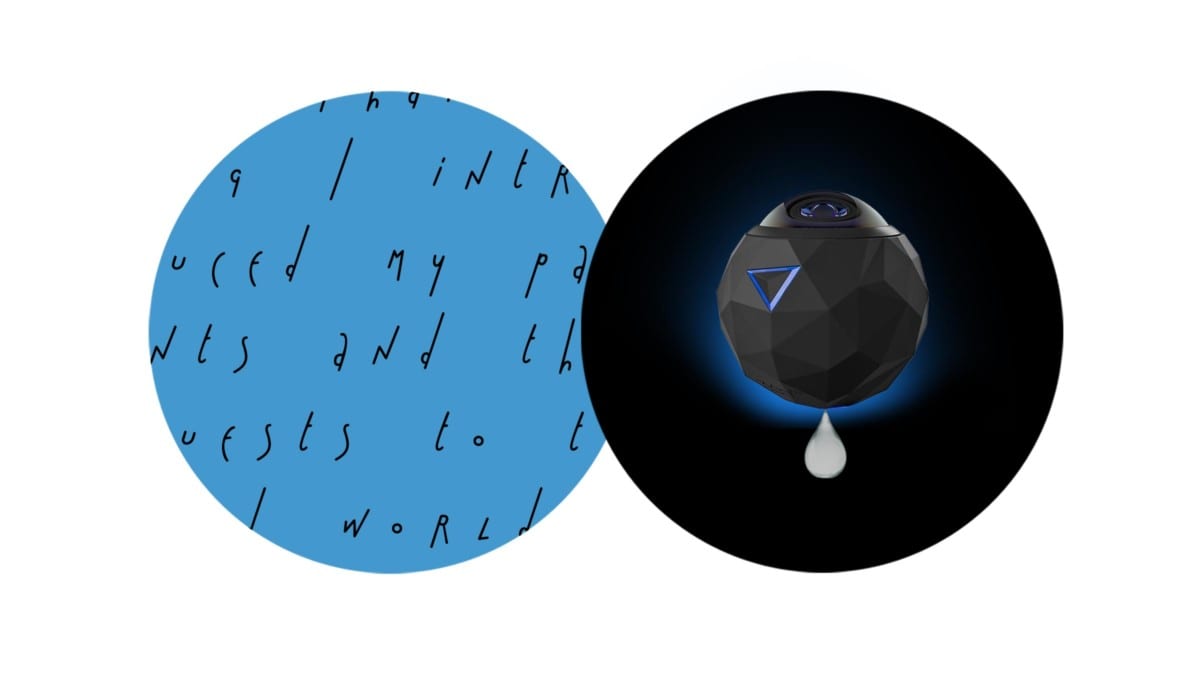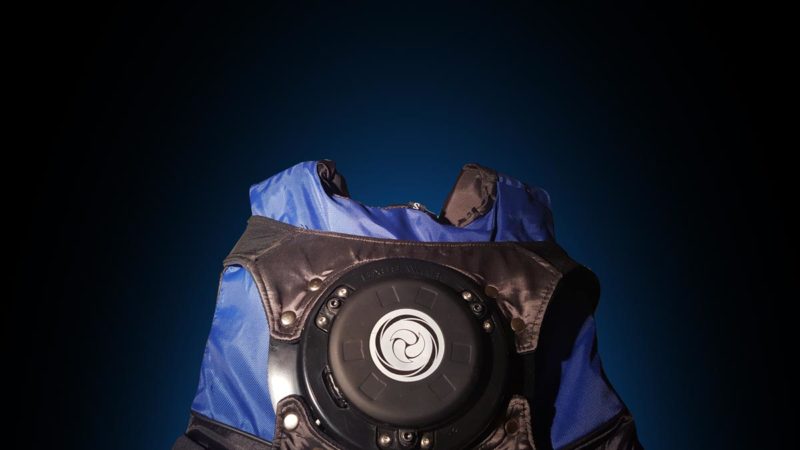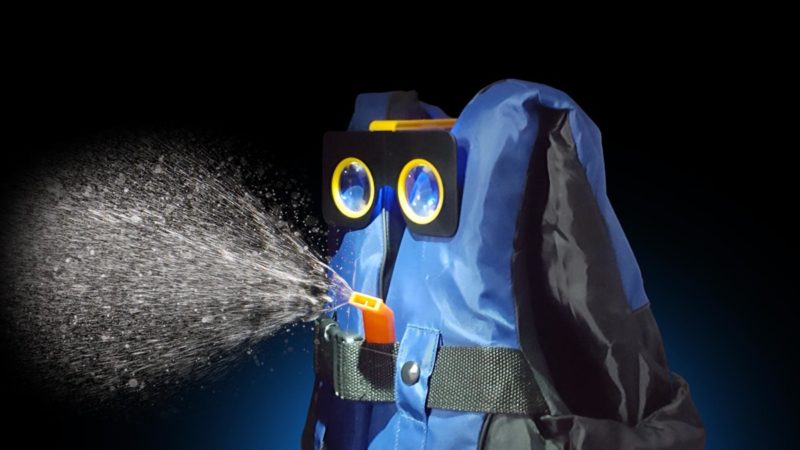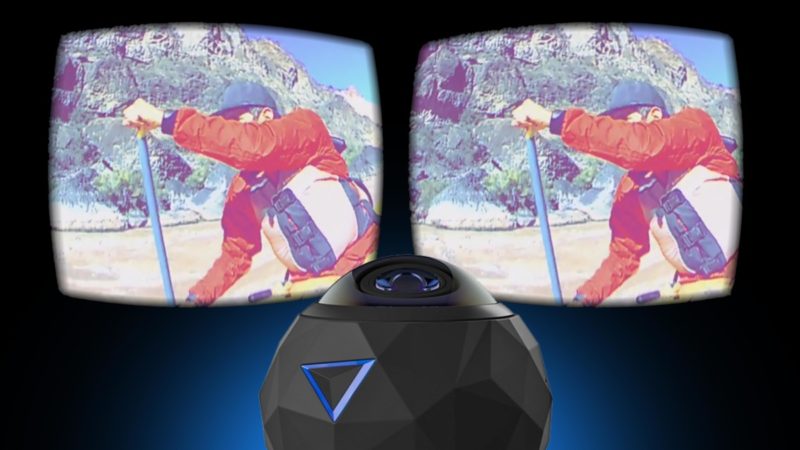L ast Thanksgiving I introduced my parents and their guests to the wild world of virtual reality. I had brought home a Google Cardboard and a video I had shot on the 360fly action camera while rafting down the Grand Canyon. During one of the viewings, a guest mischievously ran to the kitchen, dipped his hand under the faucet, and returned to splash water on my dad’s face to make the video feel more real. It reminded me of teenage sleepover pranks; my friends were never quite mean enough to put each other hands in warm water to elicit a bed wetting, but we invented elaborate invasions of each others’ dreams such as shining two flashlights increasingly closer to a sleeper’s eyes then yelling, “Get out of the road, truck coming!” before pelting them awake with pillows.
Theme parks have 4D theaters that blow cold air at you during blizzard scenes, so why not create a fun wearable device to accompany a 360 video and engage more of people’s senses? Using the same Grand Canyon rafting video, my concept was to simulate the river’s spray by asking viewers to wear a life vest fitted with a nano-mister. Halfway through the video, I would trigger the vest to release a fine mist of atomized water, just when the river begins to get splashy.
I also considered different ways of making the life vest shake. Through the NYVR developer’s program, I was demoing a Bassaware, which is essentially a large bass speaker that you strap to your body like a backpack. The main use case for these (and similar audio wearables like Subpac), is for music producers to monitor their beats and simulate club-level bass from the comfort of home. Bassaware is also great for virtual reality because when you strap this speaker onto your back (or onto your life vest), your body becomes the instrument, helping you feel present in a scene. You’re feeling sounds with your whole body, not just your ears—in this case the rush of 10,000 cubic feet of water per second through a narrow canyon. I ended up mounting the Bassaware on the outside of the life vest, which was more interesting visually, but the padding absorbed a lot of the bass. Next time I’ll cut out out a compartment for the speaker in the vest – I just hope nobody tries to use it for flotation after that.
With the good feedback I was getting from the 4D life vest, I even toyed with the idea of asking viewers to sit in a mini rubber raft—perhaps a bit underinflated so that any movement would cause the boat to tilt slightly in the opposite direction—for full immersion. But I decided I’d rather not be known as the inventor of the virtual reality seasickness simulator.



